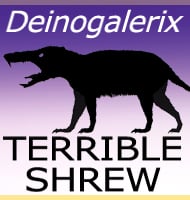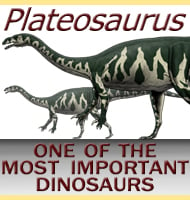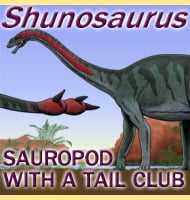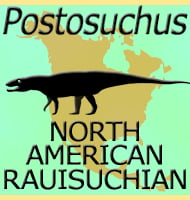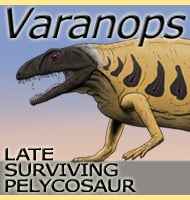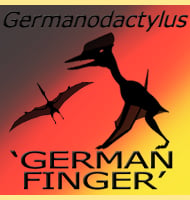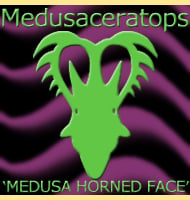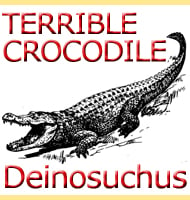In Depth
Ziapelta is a genus of ankylosaurid dinosaur that lived in what is now the USA during the Campanian stage of the Late Cretaceous. At the time of the genus description Ziapelta is only known from a single partial skull and some osteoderms, the bony plates that grew within the skin as a form of plated body armour. Further details such as full body length are uncertain because there are so many variable factors to consider, but as an ankylosaur, Ziapelta would have had a clubbed tail, maybe for inter-species dominance contests, or defence from predators, or even both reasons.
Ziapelta shared the same ecosystem as another genus of ankylosaur called Nodocephalosaurus, also known from partial remains from the Kirkland Formation. However there are clear differences between the osteoderms of these two genera, to the point that there is no question that they represent completely different genera. Other plant eating dinosaurs that Ziapelta might have grazed alongside include hadrosaurs such as Parasaurolophus and Kritosaurus, and ceratopsians such as Titanoceratops and Pentaceratops. The heavy bony armour formed by the osteoderms in the skin of Ziapelta would have formed the last line of defence against the teeth of large predatory dinosaurs such as the tyrannosaur Bistahieversor.
Further Reading
- A new ankylosaurid dinosaur from the Upper Cretaceous (Kirtlandian) of New Mexico with implications for ankylosaurid diversity in the Upper Cretaceous of western North America. - PLoS ONE 9(9):e108804:1-14. - V. M. Arbour, M. E. Burns, R. M. Sullivan, S. G. Lucas, A. K. Cantrell, J. Fry & T. L. Suazo - 2014.

